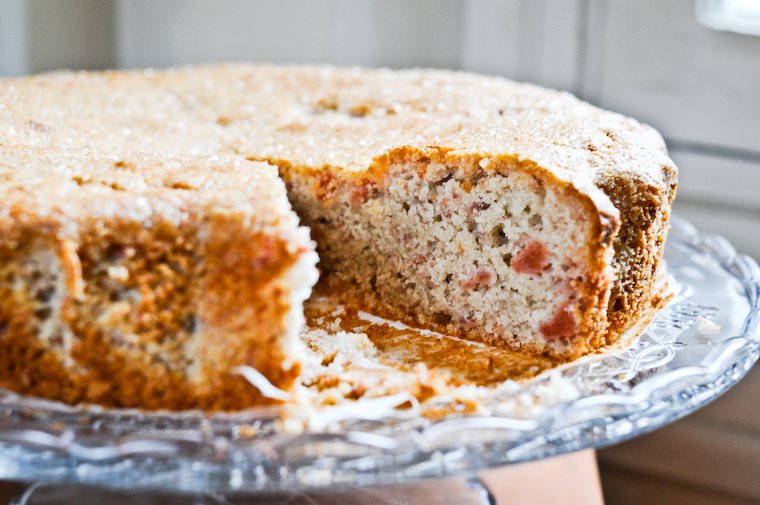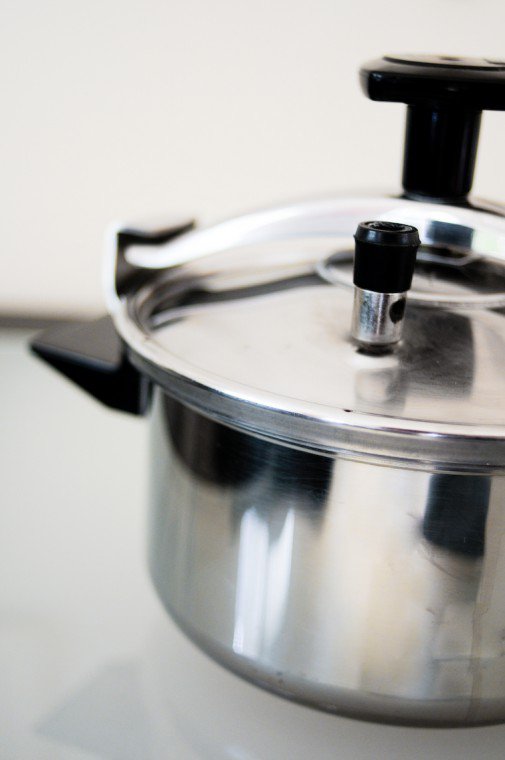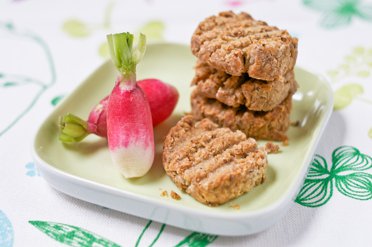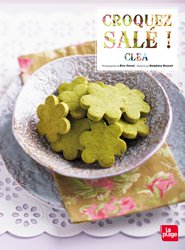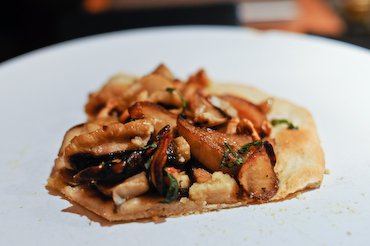
It’s been a bit of a mushroom fest around here lately: Maxence and I went foraging in the forest of Rambouillet earlier this month, and we came back with six and a half kilos of mushrooms between us (that’s fourteen pounds).
Naturally, we didn’t venture out willy nilly into the forest (I’ve read enough children’s tales and seen enough video projects not to do that). We went with a pro, a friend who’s a seasoned mushroom picker, who knows her Cantharellus cibarius from her Hygrophoropsis aurantiaca, and who was able to guide us to the most prolific spots and help us look for and identify the various specimens.
It was the kind of golden fall day that begs for a bundled-up picnic by a pond with ducks quacking about and, as luck would have it, that’s exactly what we got — a welcome break halfway through an intense day of scanning the forest floors for the cap of a mushroom, or the tell-tale lifted leaves under which a cep might lurk.
Maxence turned out to be really good at this game (read: better than me) and our baskets were soon heavy with lepiotas, an exceptional manna of millers, a few wood hedgehogs, the odd wood blewit, and miscellaneous boletus, including an unhoped for amount of Boletus edulis, the prized cep (a.k.a. porcino) whose meaty flesh knows no equal in the mushroom realm.
Once home, exhausted like we hadn’t been in a long time, we got to work sorting, cleaning, and prepping our bounty so the bulk of it could be cooked while fresh, which took the better part of two hours. Our reward: a young cep carpaccio and cep spaghetti for dinner, and a freezer stocked with tubs of ready-to-gobble mushrooms and mushroom broth for future meals.
And a week later, on a Friday night, I used the remainder of our ceps to make cep and walnut pizzas, the memory of which still move me as I type this.
I prepared a sourdough-leavened dough with my starter, and made the whole thing vegan by using some of the cashew “cheese” I’d made that week, in place of mozzarella. A drizzle of the fabulous olive oil they use at Delancey (thanks, M&B!) and a sprinkle of pepper and torn basil later, we feasted on delicious fall pizzas that did plenty justice to the fruits, um, spores of our foraging.



